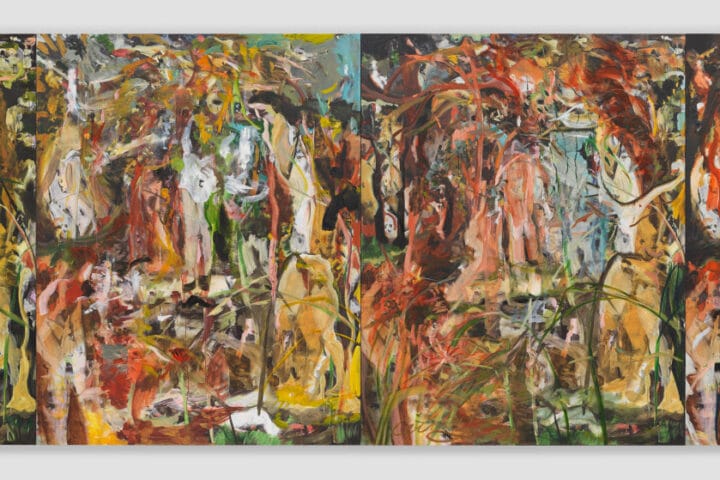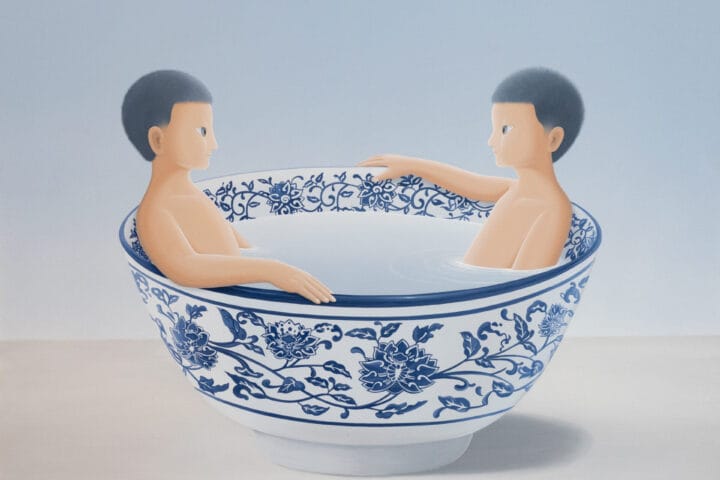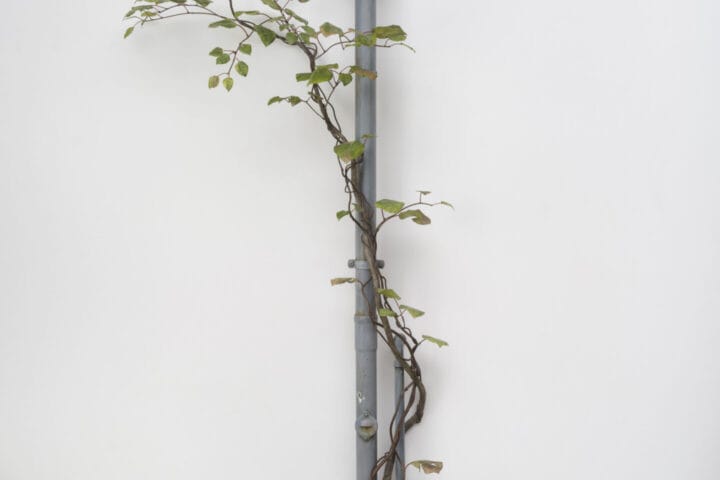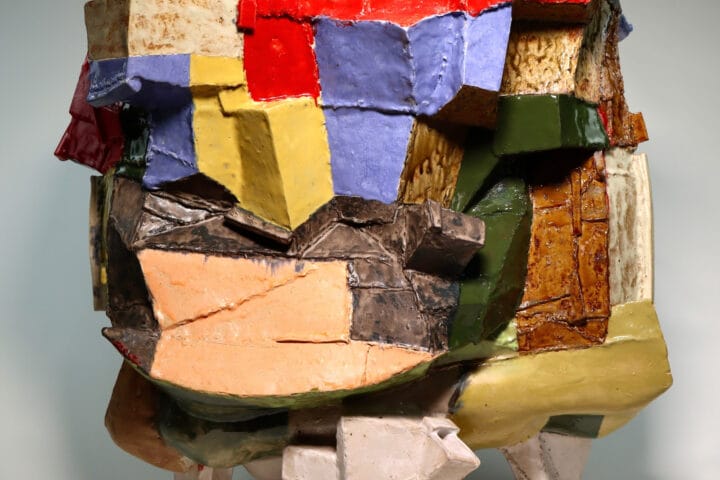To inaugurate George Adams Gallery’s new Tribeca space, we are pleased to present drawings, prints and illustrated letters by H. C. Westermann. The title of the exhibition, “H. C. Westermann: Le Bandeur,” references the inscription Westermann burned onto the plywood case he fabricated for See America First, a suite of 18 lithographs printed at the Tamarind Workshop, Los Angeles in 1968. “Le Bandeur,” according to Westermann’s correspondence, was used between the printers as a kind of salutation; in translation it means “the shaft” though colloquially can take on a number of more salacious interpretations. Rarely exhibited, the complete set will be on view, serving as the thematic underpinning of this exhibition, exploring Westermann’s depiction of America.
In 1965, Westermann, with his wife Joanna, drove from Connecticut to San Francisco and it was in part impressions from this trip that formed the basis for his Tamarind suite. The phrase “See America First” was originally coined to promote tourism at the newly created National Park system around the turn of the century, but evolved into a campaign to encourage domestic travel by rail and car. Westermann’s appropriation of the slogan derives from personal experience, both on this trip and others. As these images attest, Westermann saw the country not only for its physical, diverse glories, but both the transcendent and ugly aspects of the social and political realities he experienced, in a life that took him from California to Connecticut via Chicago as well as deployments abroad in two major conflicts. In his works on paper, Westermann’s America emerges as a kind of fantasyland of barren landscapes and futuristic cities, a place of great beauty and of great dangers. When a figure does appear in these scenes, frequently as a stand-in for the artist, they are often in a state of peril, subjected to the whims of their surroundings.
Though Westermann is most well known for his sculptures, it is his drawings that provide more of insight into his sensibilities and process. In a biographical sense, his earliest artistic endeavors were in two dimensions and he was formally trained as a draftsman before going on to pursue sculpture. Drawing, however, remained an integral part of his daily practice, not only through sketches and finished works but often in the form of illustrated letters to family and friends, a selection of which are included in this exhibition. These vignettes, often revised and refined through multiple drawings and prints, as seen in The Human Fly (1971) and others, nevertheless remain tied to an internal narrative and personal mythology: equal parts fact and fiction. A through-line is the recurring character of Westermann himself, in the guise of alter egos such as the lothario or the daredevil-impresario. Indeed Cliff, (as he was known to his friends), the man, was many things including devoted husband and lover, accomplished acrobat, haunted veteran and consummate craftsman. Growing up in Los Angeles in the 1920s, it would hardly be a surprise for him to have internalized the tropes and techniques of Hollywood, whether through the varied expanses of the country itself or imagined realms of popular sci-fi stories and films. These drawings and prints therefore are images of both the Westermann the artist wished to project to the world – and of the country he embraced as his own.
Horace Clifford Westermann was born in Los Angeles in 1922. After service in the Marines during WWII and in Korea, Westermann completed his studies at the School of the Art Institute of Chicago in 1954. He was given his first exhibition solo exhibition in 1958 at Allan Frumkin Gallery, the gallery that went on to represent him for more than twenty years both in Chicago and New York. Westermann has been the subject of five museum retrospective exhibitions, at the Los Angeles County Museum of Art in 1968, the Whitney Museum of American Art, New York in 1978, the Museum of Contemporary Art, Chicago in 2001, the Fondazione Prada, Milan in 2017 and most recently at the Reina Sofia, Madrid in 2019. Westermann lived and worked in Brookfield Center, Connecticut from 1961 until his death in 1981 at Danbury Hospital, following a heart attack at age 58.
George Adams Gallery









